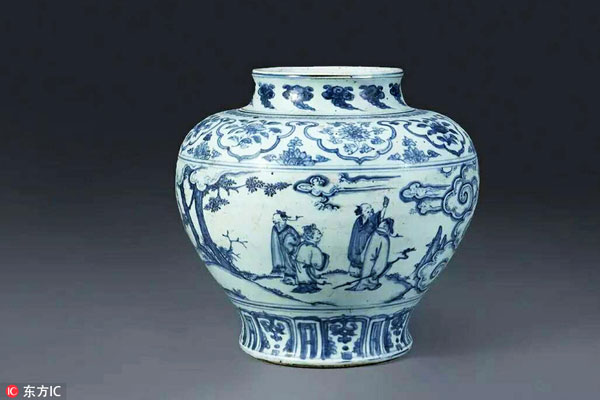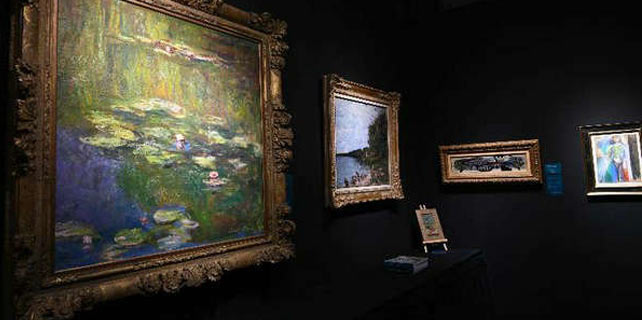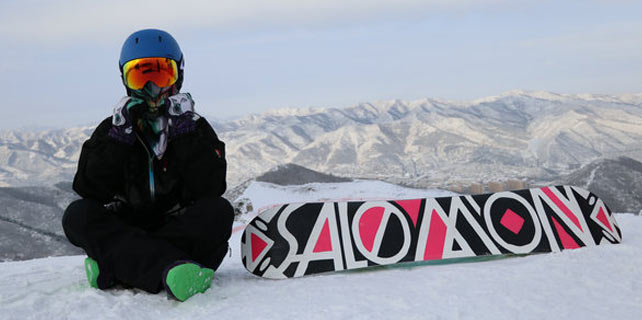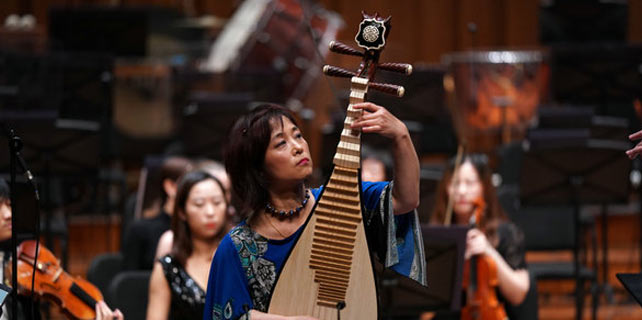Jingdezhen: Heart and soul of China's ceramics
 |
|
Jingdezhen is synonymous with ceramics in China. [Photo/IC] |
Rejuvenation
Duan Jianping, 45, remembers the changes well. "Many of our relatives worked in ceramics factories, and brought porcelain products to us on important occasions as gifts," he says.
As the once-desirable jobs disappeared, Duan became a journalist. He says a lack of innovation could be a reason Jingdezhen porcelain lost its luster.
Artist Li Jianshen founded the Sanbao international ceramics village in 2000, which attracts hundreds of ceramic fans from all over the world each year. Among these was Terrance Lazaroff. "Here I can talk to artists from all over the world," he says.
Over his six visits he has seen many changes to Jingdezhen. "When I first came here in 2003, children followed me in the streets because there were not so many foreigners," he says. "Now it's a big city."
Duan turned his eyes back to ceramics again in 2015, when he gave up his job as a senior editor and founded Xianyunju ceramics.
"I added some fashionable elements to the traditional design," he says.
In the yard of his company there is a large plane tree, which according to Chinese legend is a habitat of the mythical phoenix.
"So I made the phoenix a hallmark of our products," he says.
He used a gold color on a traditional blue-and-white design to make Xianyunju a luxury brand. "We received so many orders that we could hardly finish," he says.
This year they estimated that revenue could reach 10 million yuan (1.5 million U.S. dollars).
Now Jingdezhen is home to more than 30,000 people working in ceramics.
Young and foreign artists are offered preferential treatment. Huang Wei, a teacher at Jingdezhen Ceramic Institute, was glad to see the change in the area.
"Anyone who has love for traditional Chinese culture could not bear to see the city languish," she says.
















